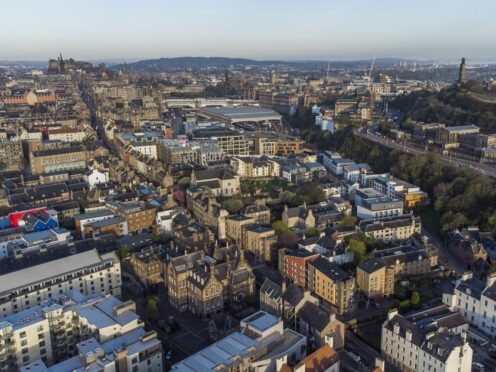Nearly a third of people aged between 20 and 45 in Scotland expect to work beyond retirement age to pay off their mortgage, according to a report.
A study by Halifax found 30% of young people north of the border believe they will have to keep working to clear off the loan after they have reached their standard retirement age.
The figure was lower than that for the whole of the UK, which stands at 34%.
About two-fifths of young people in Scotland (41%) said they are worried they will not be able to afford mortgage payments once they are retired while almost half (49%) said they fear that paying their mortgage will hamper their ability to save for retirement.
Again, the percentages were slightly lower in Scotland than the overall UK figures, which stand at 44% and 51% respectively.
Despite the worries, however, the report reveals people’s aspirations to own their own home remain as strong as ever.
Halifax describes its sixth annual Generation Rent report as the largest research project of its kind in the country, containing data from almost 50,000 20 to 45-year-olds around the UK.
The UK findings show the numbers of first-time buyers has recovered strongly in recent years, with 300,000 taking the first steps onto the property ladder last year.
The average age of a first-time buyer is now 30.4 years, nine months older than in 2010.
It found that those late to get on the property ladder are taking a range of measures to ease the financial burden.
Buying with a partner is the most likely measure a would-be first-time buyer is willing to consider to make owning a home more affordable while extending a mortgage beyond 25 years was the next most popular measure.
Across the UK, more than one in 20 (6%) still expect to be paying their mortgage over the age of 70 while almost one in 10 (8%) expect to be paying their mortgage throughout their life.
Under half of all those questioned (46%) believe they will be mortgage-free before they retire, falling to just a third (30%) of non-homeowners.
Craig McKinlay, mortgages director at Halifax, said: “Despite the barriers and the understandable concerns, it’s very positive to see that younger generations are still striving to get onto the housing ladder, with more than 300,000 taking that first step in 2015.
“Although many of those late to the ladder will inevitably still be paying their mortgages later into life, they are increasingly taking a range of measures to ease the burden.”










